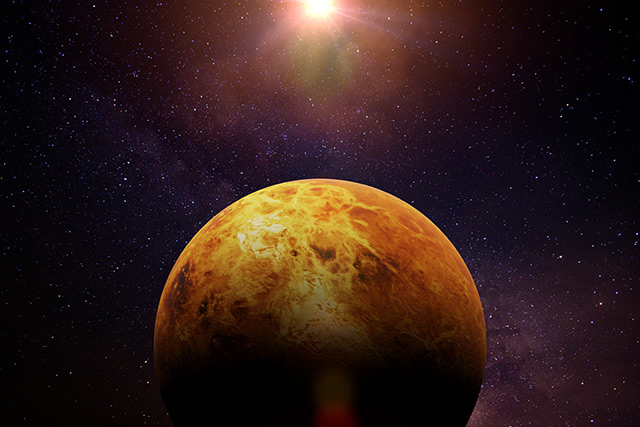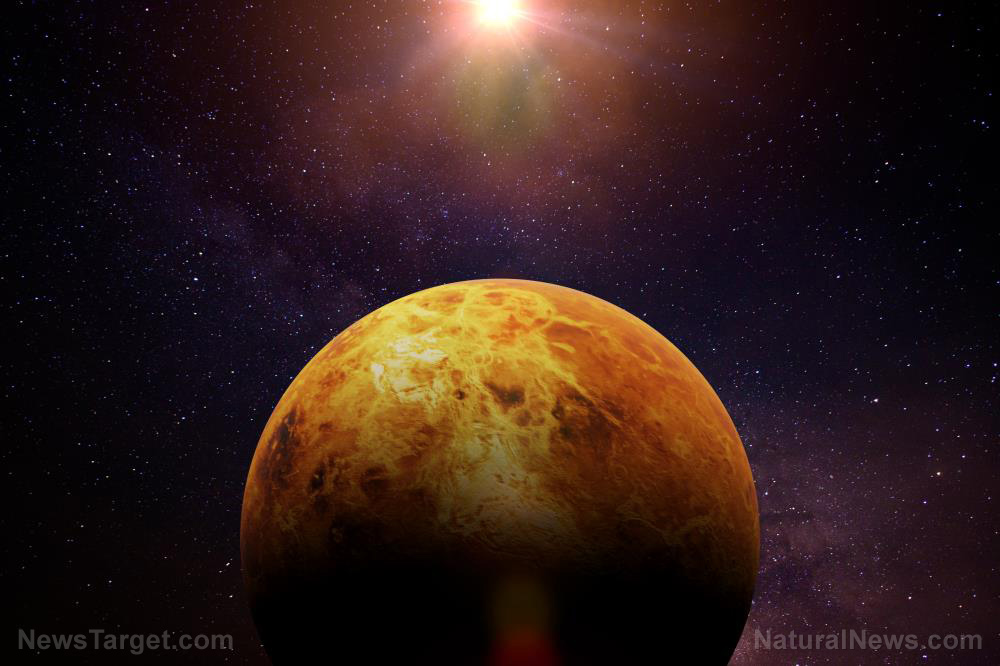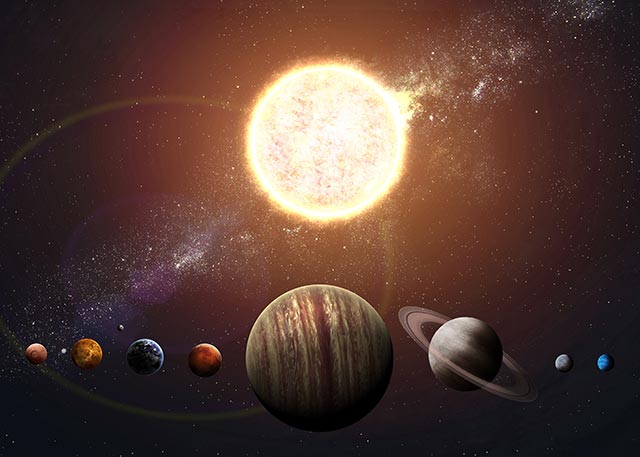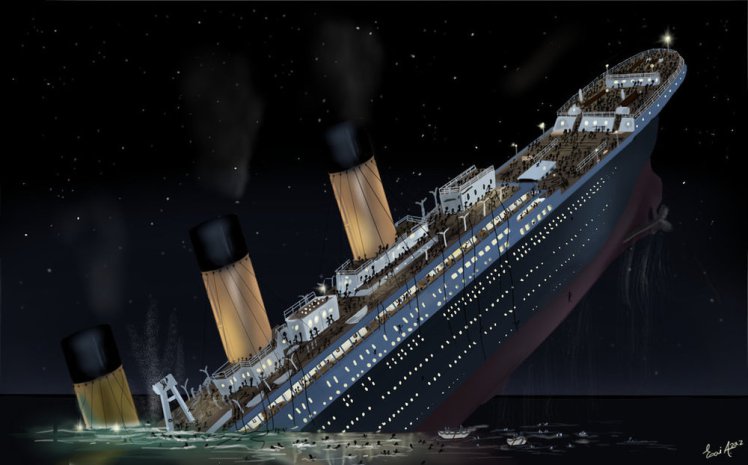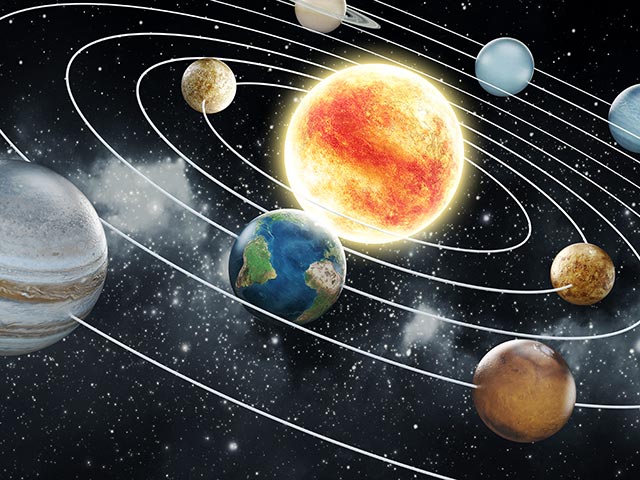Free fuel for satellites: Large asteroids close to Earth could be mined for water, suggest researchers
10/01/2020 / By Virgilio Marin
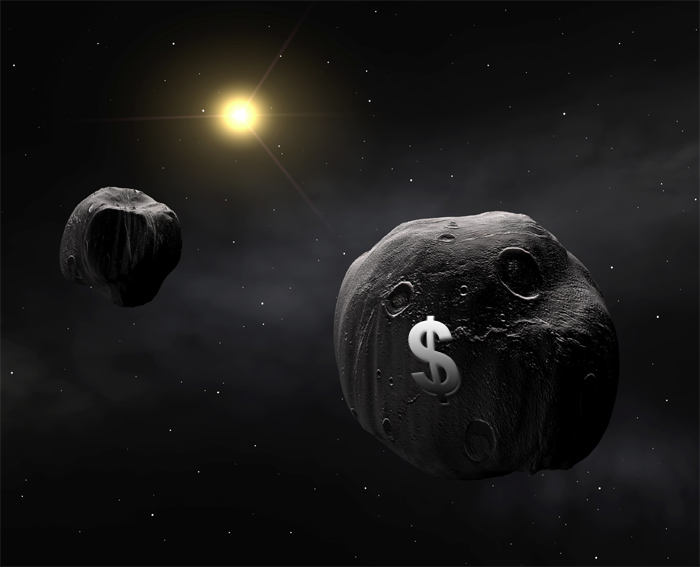
It appears the Moon isn’t the best option for mining water in space. Recent research published in the Journal of Geophysical Research: Planets found that asteroids close to Earth may be rich in water, making them better candidates for space mining.
Researchers identified several of these asteroids and said that they are easier to reach than the Moon. Most of these near-Earth objects (NEOs) are relatively small, but at least two dozen of them contain enough water to fill 320,000 Olympics-size swimming pools, which is more than the amount of water estimated to be found on the Moon. Also, because the asteroids are smaller, they exert less gravity than Earth. This means it’ll be easier for a spacecraft to land and liftoff from these rocks.
If scientists can figure out how to mine for water on these asteroids, it would mean a free and ready source of fuel that can spur the creation of a new generation of satellites. Asteroid mining can also boost human space exploration and even become a profitable business.
“If such a supply line could be established, it could make asteroid mining very profitable,” said lead author Andrew Rivkin, an asteroid researcher at Johns Hopkins University Applied Physics Laboratory in Maryland.
However, asteroid mining is not without its drawbacks and there’s some concern that it can potentially ruin the economy.
Near-Earth asteroids can be targeted for space mining
More than 5,200 of the objects launched into space are still in orbit today, according to the United Nations Office for Outer Space Affairs. Some of them continue to function but most of them no longer serve any purpose. Being able to refuel would allow satellites to function for much longer and should help drastically reduce space junk in the long run.
For the study, the researchers concentrated on a class of space rocks called Ch asteroids. These carry telltale signs of oxidized iron observed only on asteroids with signatures of water-rich minerals. Based on recent data, the team found that there are about 26 to 80 large Ch asteroids that potentially contain water.
They also estimated that there are as many as 1,050 smaller objects, roughly 300 feet wide, that may be lingering near Earth. These NEOs may be smaller and yield less water but their lower gravity will require less fuel to lift off from. Rivkin said that companies will likely target the largest accessible asteroids first as they’re likely more cost-effective than a large number of smaller objects. Miners will also have to decide between high-yield large asteroids that might turn out to be dry and safer bets, such as the Ch asteroids, said Rivkin.
Drawbacks of space mining
While space mining can address the rapidly dwindling resources on Earth, it can also have catastrophic effects on the economy.
Rare-earth minerals found on Earth are valuable precisely because they’re rare. If companies are able to dig up enormous amounts of these minerals, commodity prices can drop dramatically, tanking the economy.
However, some experts have argued that the few companies to succeed in space mining will likely hold back their supply in order to meet the demand, which means rare-earth minerals will remain valuable. Even so, space mining can widen the class divide as only a few people have the resources to access space. Therefore, should space mining become profitable, its benefits could end up mostly concentrated among a few people.
As more companies express their interest in mining space, these considerations become even more important in order to secure humanity’s future and prevent economic collapse.
Space.news has more on the feasibility of space mining and its drawbacks.
Sources include:
Tagged Under: Asteroid, asteroid mining, economy, free fuel, goodsience, Moon, near-Earth asteroids, rare earth minerals, resources from space, satellites, space exploration, space mining, water in space
RECENT NEWS & ARTICLES
Cosmic.News is a fact-based public education website published by Cosmic News Features, LLC.
All content copyright © 2018 by Cosmic News Features, LLC.
Contact Us with Tips or Corrections
All trademarks, registered trademarks and servicemarks mentioned on this site are the property of their respective owners.




